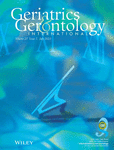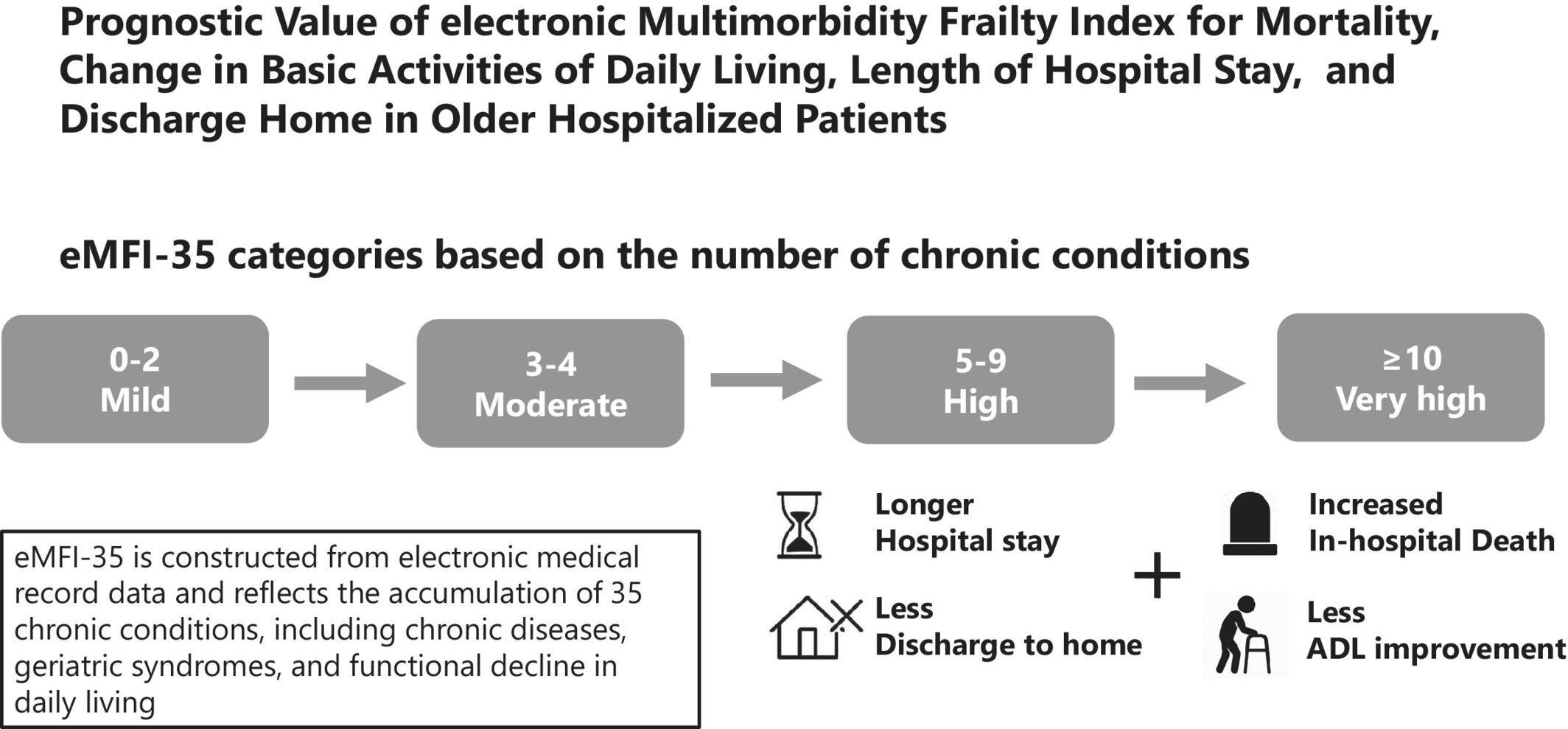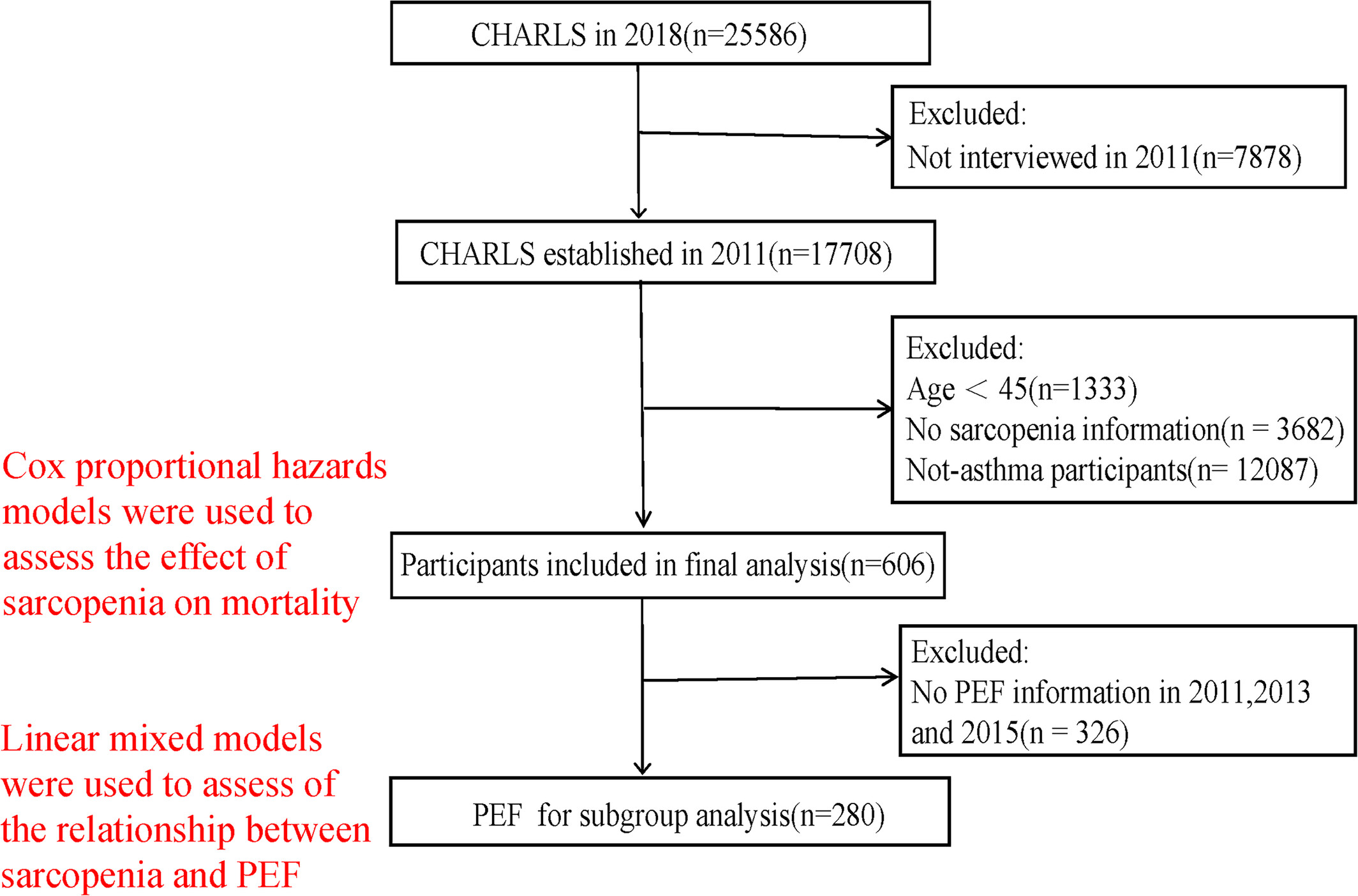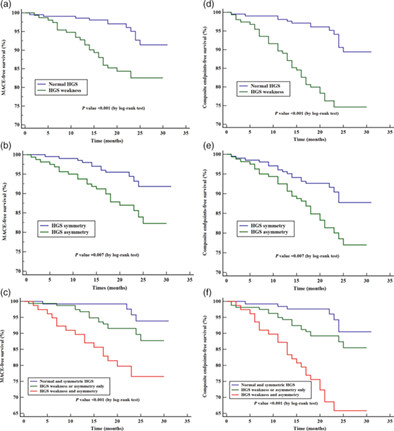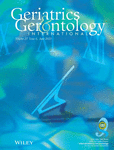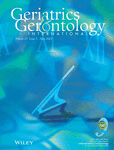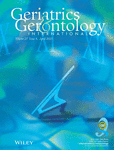Edited By: Shigeto Morimoto
As the official journal of the Japan Geriatrics Society, Geriatrics & Gerontology International facilitates communication and collaboration across the globe to accelerate research in the broad field of geriatrics and gerontology. Our journal fully reflects the growing importance of the subject area in developed economies and their particular significance to a country like Japan with a large aging population.
Journal Metrics
- 4.1CiteScore
- 2.5Journal Impact Factor
- 18%Acceptance rate
- 12 days Submission to first decision
No Submission and Publication Fees for Geriatrics & Gerontology International
Click here to view COVID-19 Updates from Geriatrics & Gerontology International.
Articles
Comparative analysis of the maximal respiratory pressure and peak expiratory flow rate in diagnosing probable respiratory sarcopenia – The Otassha Study
- 21 July 2025
Graphical Abstract
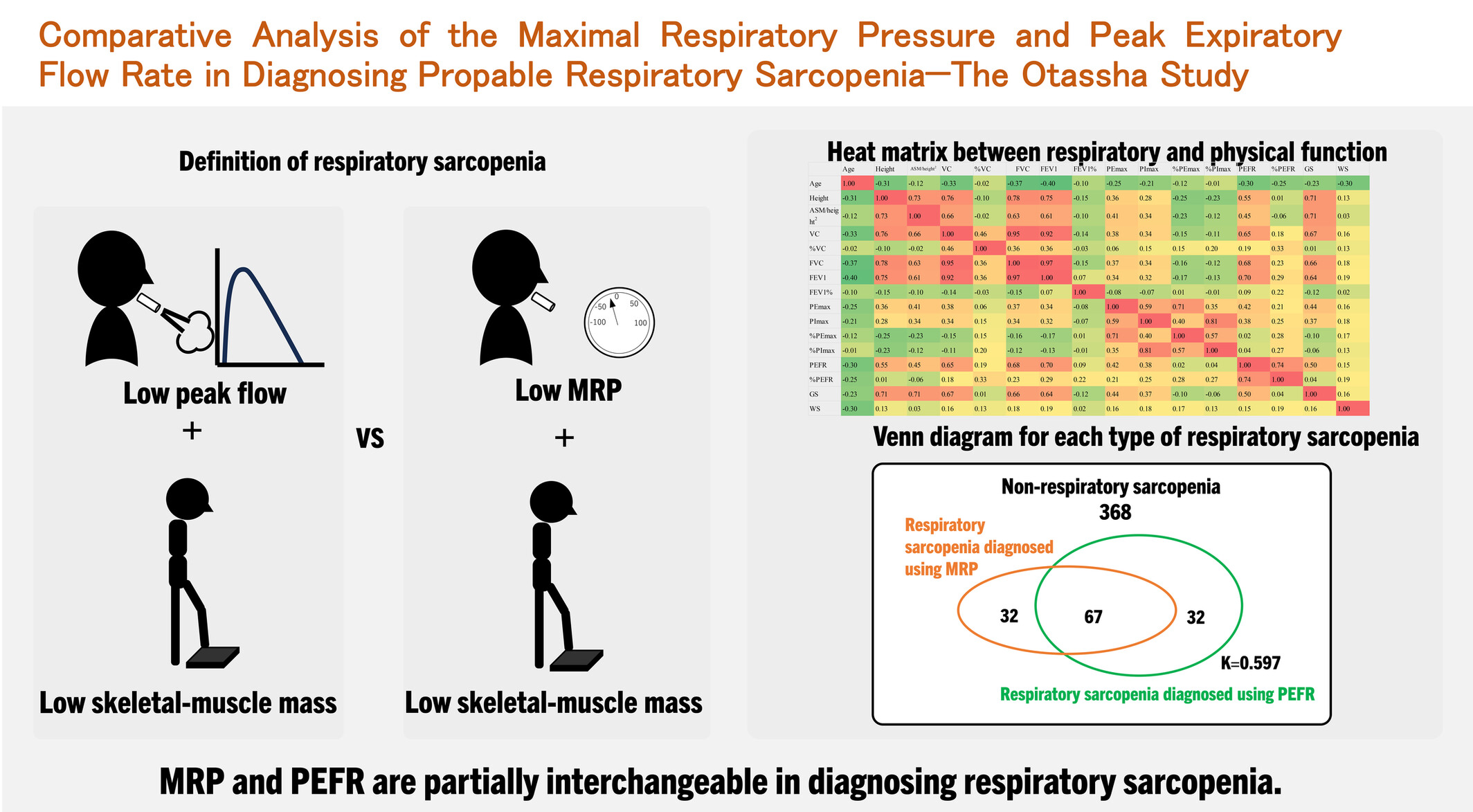
This study compared respiratory-sarcopenia diagnosis using the maximal respiratory pressure (MRP) and peak expiratory flow rate (PEFR), evaluating their diagnostic concordance. While PEFR and MRP had a weak correlation, their moderate diagnostic concordance indicates that these methods may be used complementarily in clinical assessment.
Comment on: Change in physical activity and the risk of depressive symptoms in mid‐older aged adults
- 19 July 2025
Prognostic value of the electronic Multimorbidity Frailty Index for mortality, change in basic activities of daily living, length of hospital stay and discharge home in older hospitalized patients
- 17 July 2025
Reconsidering cost‐effectiveness claims of short‐term prevention services in Japan
- 16 July 2025
Impact of sarcopenia on mortality risk and sustained peak expiratory flow changes in an asthmatic population: A 7‐year longitudinal cohort study
- 14 July 2025
The following is a list of the most cited articles based on citations published in the last three years, according to CrossRef.
Validity of the Kihon Checklist for assessing frailty status
- 709-715
- 14 July 2015
Redefining the elderly as aged 75 years and older: Proposal from the Joint Committee of Japan Gerontological Society and the Japan Geriatrics Society
- 1045-1047
- 2 July 2017
Reviewing the definition of “elderly”
- 149-158
- 16 August 2006
Brief screening tool for mild cognitive impairment in older Japanese: Validation of the Japanese version of the Montreal Cognitive Assessment
- 225-232
- 18 June 2010
Sarcopenia and dysphagia: Position paper by four professional organizations
- 91-97
- 9 January 2019
Sarcopenia and dysphagia: Position paper by four professional organizations
Redefining the elderly as aged 75 years and older: Proposal from the Joint Committee of Japan Gerontological Society and the Japan Geriatrics Society
Parental lifespan and the likelihood of reaching the age of 90 years in the Netherlands Cohort Study
Oral frailty five‐item checklist to predict adverse health outcomes in community‐dwelling older adults: A Kashiwa cohort study
Graphical Abstract
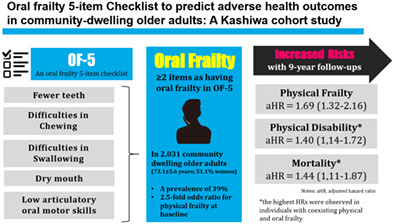
To enable easy assessment of oral frailty; that is, an overlapping slight decline in multifaceted oral function, in any setting, we developed an oral frailty five-item checklist (OF-5), including fewer teeth, difficulties in chewing, swallowing, dry mouth and low articulatory oral motor skills. We aimed to identify the prevalence of oral frailty determined using the OF-5, and its association with multiple adverse health outcomes among community-dwelling older adults. The OF-5 showed strong predictive validity for physical frailty, physical disability and mortality in Japanese older adults.



